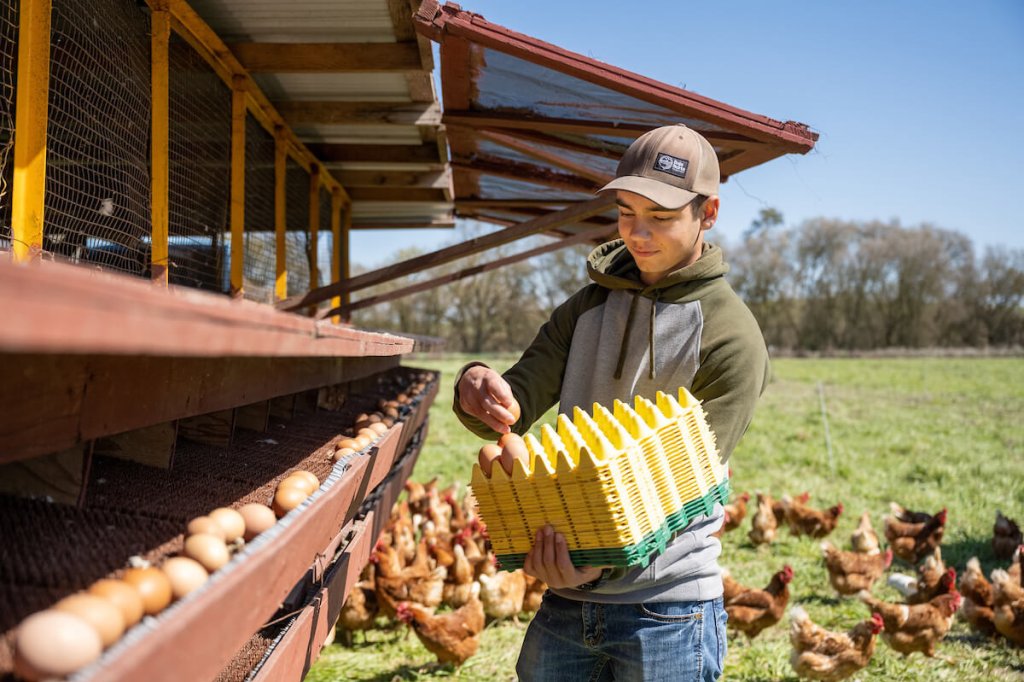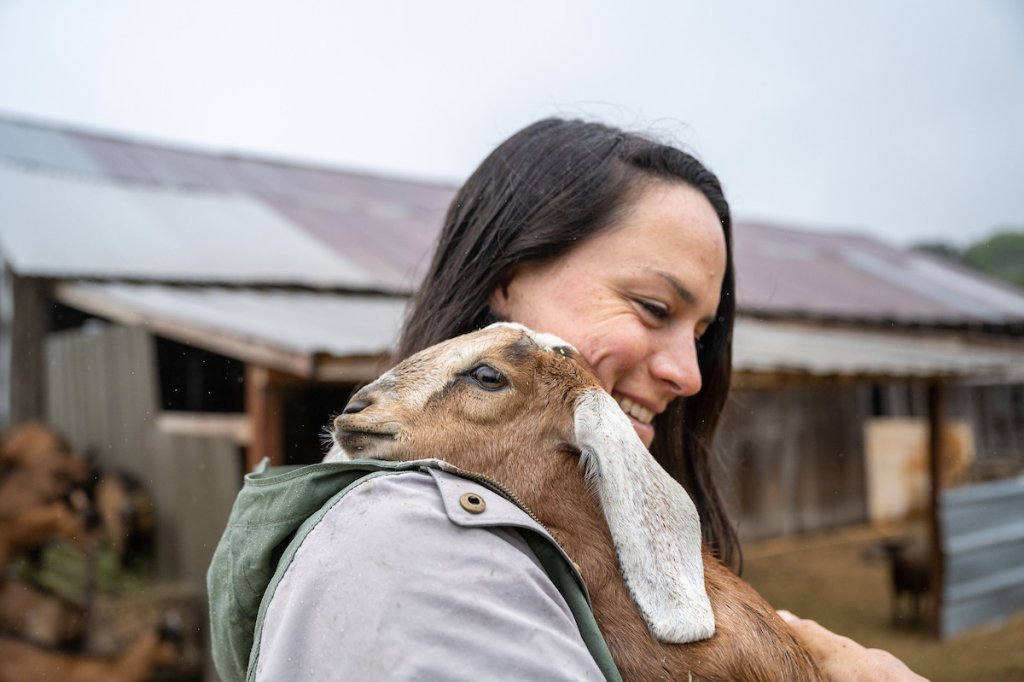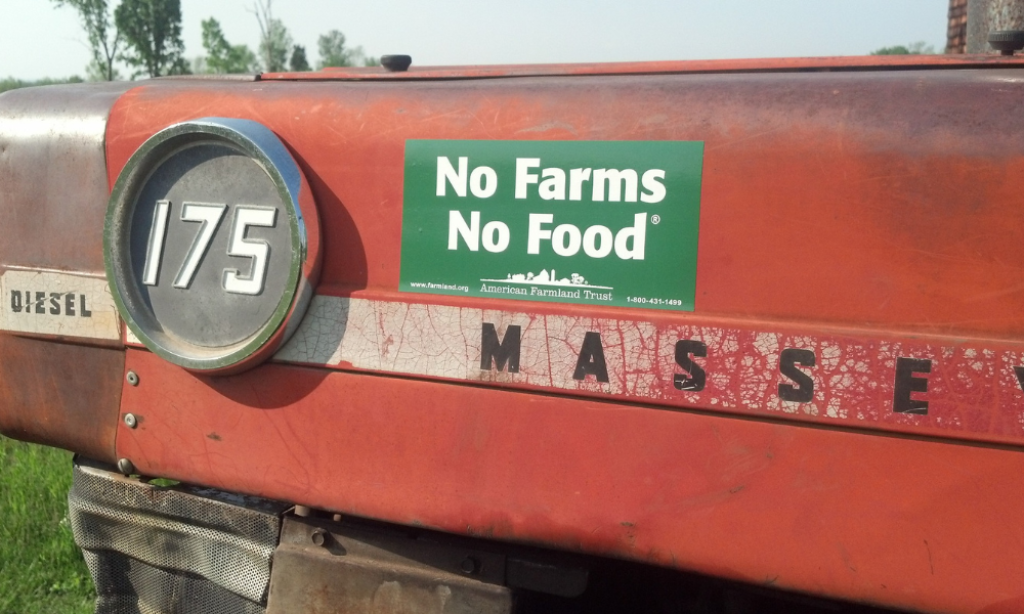Working Together to Address Climate Change While Keeping Land in Farming
What is the first thing you think about when it comes to solar energy? Climate change? Innovation? Necessary for our future? Well, in addition to all those things, I think about siting—where solar energy will be generated from physically. And increasingly for New York, without our collective intervention the answer may be ‘from our farmland.’
For most of us, when we flip a switch at home we don’t think about where the energy to power that light is coming from. But for those of us upstate, the majestic sight of wind turbines or solar panels, or the conversations with a developer seeking to build renewable energy projects are becoming increasingly familiar. This was ushered in by the passage of the Climate Leadership and Community Protection Act in 2019, creating a new era of commitment to renewable energy by codifying an aggressive goal of reaching 70% renewable energy by 2030 (we’re currently at less than half that, with most of current renewable energy coming from hydro-power.) This is a great thing, as combating climate change is critically important to our future, but due to the financial challenges our farmers are facing, the aging of our farmers, and the financial attractiveness to developers of cleared, flat, sunny farmland near transmission—farmland is increasingly becoming a first-choice site for potential solar development.
Getty Images




